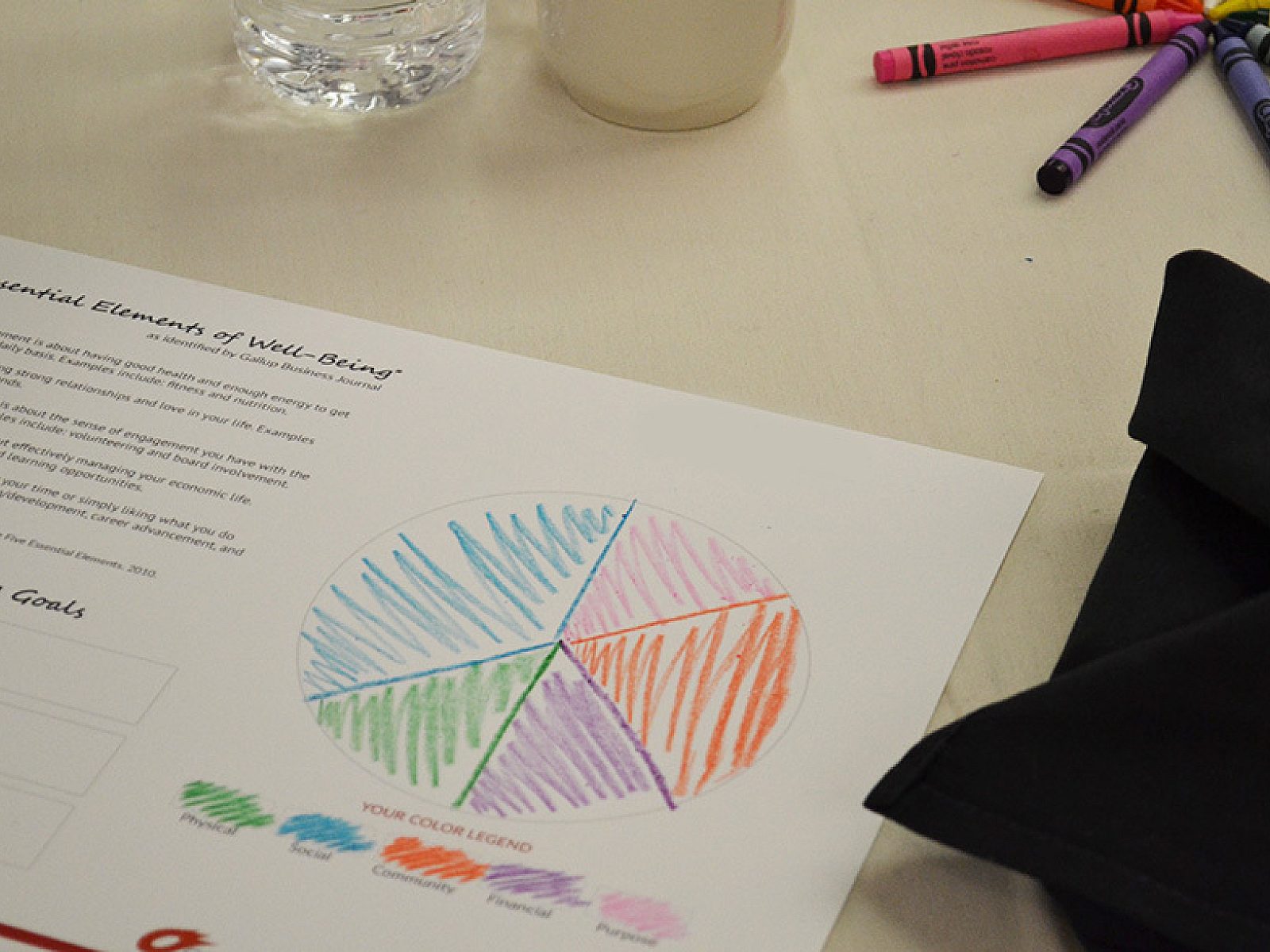Design with Impact: Connection
Well-designed workplaces are prepared to host the types of rich, interpersonal connections between colleagues—both in-person and remote—that add up to a shared sense of purpose.

Why Connection is Important
In the past, organizations viewed the workplace as a place of production. It was where people went to get work done.
But the last few years proved that employees could stay productive while working from home. As a result, workplaces faced an identity crisis.
Now a clear, new role is emerging. When asked why they might come to the office, 74% of people surveyed cited camaraderie, community, or connection as their top reason.*
Today’s workplace needs to be ready to host rich, interpersonal connections between colleagues—both in-person and remote.

Why it’s complicated
We connect with other people, but we also form connections with places, ideas, and things. And all these connections form across a range of levels, from individual to team to community. To simplify, we examine connection through three categories:
In-person connections: Our relationships with other people or things that share the same space as us. These face-to-face interactions allow people to read each other’s expressions and body language. They help to build trust, community, and knowledge through shared experiences.
Virtual connections: Our relationships with remote people and places through digital technology. These interactions can support inclusion by helping people stay connected—regardless of their physical location or schedule.
Abstract connections: Our relationships to ideas, beliefs, values, or goals. These connections can be just as impactful as those that are in-person or virtual because they contribute to a shared sense of belonging and greater purpose.

Two types of relationships
Before we can address connection across these different categories, we first need to understand the nature of relationships. Sociologists classify relationships between people as either strong ties or weak ties.
Strong ties: People we know well, trust, and interact with frequently. These relationships are helpful in collaboration, knowledge-sharing, and problem-solving. Strong ties support our day-to-day work processes.
Weak ties: People across the organization whom we don’t know as well and interact with less often. These relationships are primarily at a community level. They help us access new ideas or opportunities, and advance innovation. Weak ties make us feel welcome, feeding our sense of security and belonging while supporting longer-term, purpose-driven outcomes.
Strong ties have suffered in recent years, but distributed work has taken a larger toll on our efforts to nurture existing weak ties or form new ones. Organizations have found this eroding of weak ties to be most detrimental to their creativity and innovation.****

How it all comes together
Strategies for cultivating connection abound. If you’re unsure where to begin, we’ve identified the following goals as a starting point.
- Provide opportunity for immersion into content, less structured conversations, and complex decision-making.- Facilitate spontaneous, impromptu connections and social moments that can help drive innovation, explore new ideas, and shape culture.
- Leverage technology and furnishings that enable equitable experiences for both remote and in-person participants.
- Create welcoming environments that instill a shared sense of purpose and belonging through inclusive design, a participatory process that considers the needs of all individuals.
While we deliver on employee demand for more flexibility, we can’t forget the in-person, virtual, and abstract connections that fuel both strong and weak ties for all individuals, teams, and the larger community.
Reconnecting in a distributed world
Distributed work is here to stay. Organizations need to embrace this shift and focus on strategies to support new ways of working now and into the future. And it all starts in the workplace. When you’re ready, let's talk.

























